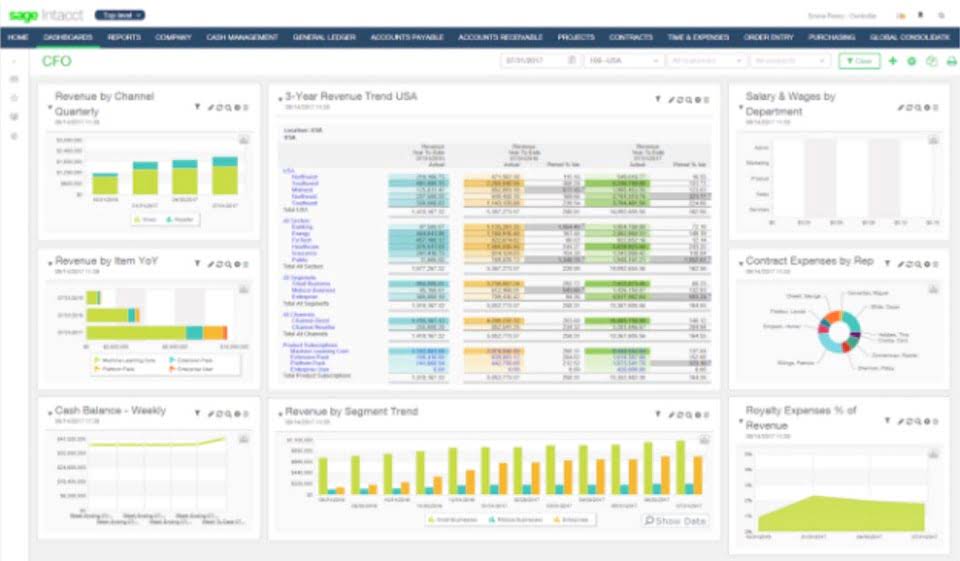What Changes in Working Capital Impact Cash Flow?

Accounts receivable days, inventory days, and accounts payable days all rely on sales or cost of goods sold to calculate. If either sales or COGS is unavailable, the “days” metrics cannot be calculated. When this happens, it may be easier to calculate accounts receivables, inventory, and accounts payables by analyzing the past trend and estimating a future value. As a general rule, the more current assets a company has on its balance sheet relative to its current liabilities, the lower its liquidity risk (and the better off it’ll be).
Part 6: Wait, Why Don’t the Cash Flow Statement and Balance Sheet Figures Match?!!

To find the change in Net Working Capital (NWC) on a cash flow statement, subtract the NWC of the previous period from the NWC of the current period. This calculation helps assess a company’s short-term liquidity and operational efficiency. Understanding how much working capital you need is essential for keeping your business Cash Flow Management for Small Businesses operating smoothly while also having enough cash to invest in future growth. A good method to calculate your working capital needs is to use the current ratio, which divides current assets by current liabilities. Generally speaking, a current ratio between 1.5 and 2.0 is considered good, while a ratio of less than 1.0 indicates your business may not have enough liquid assets to cover its current liabilities. Effective working capital management isn’t a one-time fix; it’s an ongoing process.
Can You Start a Business With Terrible Credit?

Given a positive working capital balance, the underlying company is implied to have enough current assets to offset the burden of meeting short-term liabilities coming due within twelve months. It shows a company’s liquidity, operational efficiency, and overall financial health. Negative cash flow can occur if operating activities don’t generate enough cash to stay liquid. This can happen if profits are tied up in accounts receivable and inventory. Retailers must tie up large portions of their working capital in inventory as they prepare for future sales. Positive working capital is when a company has more current assets than current liabilities, meaning that the company can fully cover its short-term liabilities as they come due in the next 12 months.
Accounts
To drive the point home, I will include the quote from Jae Jun because I think it bears repeating and remains critical to understanding its impact on our business. To make the changes in working capital a bit easier to calculate, I am including an Excel calculator for you to use. It is adaptable for you to add or subtract any line items you wish, but the calculator will make understanding the changes in working capital easier. To calculate our change in working capital, we will add all the items from the assets together; then, we will do the same for the liabilities. Changes in working capital will help you determine where Microsoft is in its working capital cycle.
How Working Capital Impacts Cash Flow

Conversely, extending payable terms strategically can provide short-term financing, allowing businesses to maintain operations without immediate cash outlays. Negotiating favorable payment terms with suppliers can create additional flexibility, again impacting the change in net working capital free cash flow. Keep in mind that a negative number is worse than a positive one, but it doesn’t necessarily mean that the company is going to go under. It’s just a sign that the short-term liquidity of the business isn’t that good. For example, a positive WC might not really mean much if the company can’t convert its inventory or receivables to cash in a short period unearned revenue of time. Technically, it might have more current assets than current liabilities, but it can’t pay its creditors off in inventory, so it doesn’t matter.
Covering Short-Term Liabilities:

The business would have to find a way to fund that increase in its working net working capital capital asset, perhaps by selling shares, increasing profits, selling assets, or incurring new debt. If a company uses its cash to pay for a new vehicle or to expand one of its buildings, the company’s current assets will decrease with no change to current liabilities. The last three years looks much better, however, with current liabilities increasing faster than current assets.
- A business has positive working capital when it currently has more current assets than current liabilities.
- First, we need to separate the current assets from the current liabilities.
- Current liabilities are the next section, including debt, which is not an operating factor of the business.
- However, the more practical metric is net working capital (NWC), which excludes any non-operating current assets and non-operating current liabilities.
- Generally, a working capital ratio of less than 1.0 is an indicator of liquidity problems, while a ratio higher than 2.0 indicates good liquidity.
Change in Net Working Capital Calculation Example (NWC)
Furthermore, advanced analytics can predict future working capital needs, allowing for proactive planning. This predictive capability is essential for anticipating fluctuations and maintaining a healthy free cash flow. A well-managed change in net working capital free cash flow enhances a company’s overall financial performance and resilience. If a company sells merchandise for $50,000 that was in inventory at a cost of $30,000, the company’s current assets will increase by $20,000. If no other expenses are incurred, working capital will increase by $20,000.

